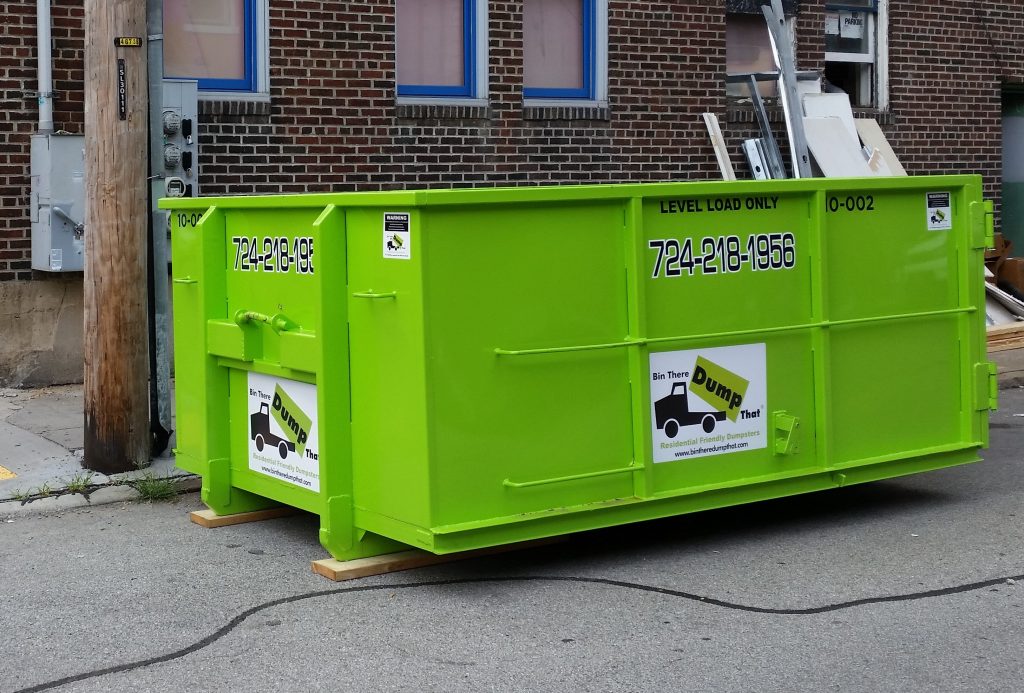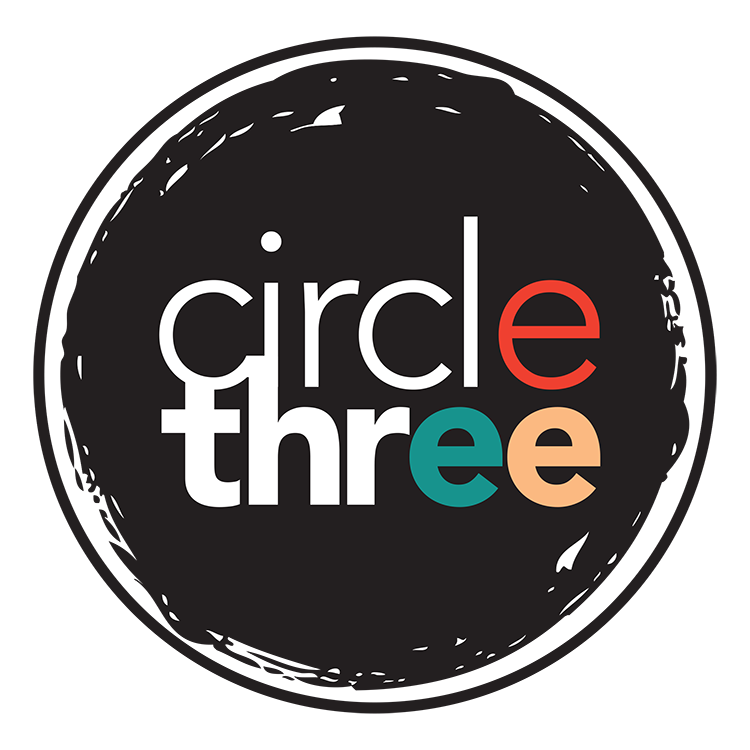 Your brand is critical for communicating effectively with your customers. If you are not watching it, things can get … sloppy. Add in a few more years of focusing on company growth, new employees joining your team, all the chaos that comes from running a waste business, and your brand could become neglected. A brand that is not monitored risks coming off as unprofessional and disorganized at best and tone-deaf to its customer needs at worst.
Your brand is critical for communicating effectively with your customers. If you are not watching it, things can get … sloppy. Add in a few more years of focusing on company growth, new employees joining your team, all the chaos that comes from running a waste business, and your brand could become neglected. A brand that is not monitored risks coming off as unprofessional and disorganized at best and tone-deaf to its customer needs at worst.
A good practice for every company is to get in the habit of performing an annual internal brand audit. Do not view this as drudge work or “a necessary evil”. This is an opportunity to make incremental improvements to your brand on any budget. You do not have to have a six-figure marketing program to present a professional and compelling brand to your customers.
First Steps
The first step is to review your brand strategy and brand guidelines. If you do not have these documents, now is the perfect time to make them because you will be referring to them as you perform the audit. It is okay to start simple—you will add to them as your business grows. They are incredibly important strategy documents, but they are meant to evolve throughout the years as your company and your customers change. The brand strategy is an outline of what your brand stands for and the promise that it makes to your customers. What is the message your brand conveys? This is what helps you stand out from the competition and makes you the clear choice. The brand guidelines are considered a part of your brand strategy, but branding guidelines focus more on the creative elements and dictate how those items should be used. This may include specifications for the logo, color, fonts and direction on how to ensure accuracy in print, web, embroidery and wherever else your company is using its brand. You will refer to both documents as you go through the brand audit to ensure every instance of your brand consistently conveys the right message and adheres to your guidelines.
Next, build a list of branded items your company is using, indicate where they are stored (the file path or physical location of items), and where they are used (if an error is found, you will want to be able to contain and correct all instances of it). The following categories will help you start your list. Once you begin, you will find more items come to mind.
- Brand Iconography
These elements of your brand will be the core group to evaluate and use to check the rest of the items on your list. Are these things current? If you have made an update to your fonts, do your employees have the correct ones installed on their computer? If your logos and tagline recently became registered trademarks, are you using that symbol according to trademark laws?:
• Logos
• Taglines
• Characters
• Symbols
• Fonts
• Colors

- Equipment
Check your equipment and ensure the logo and colors match your brand guidelines. Prioritize replacing the truck decals used for safety—such as reflective strips and those urging drivers to be cautious around your workers. If your budget allows, also replace any shabby or outdated branded wraps or decals. Your truck is a rolling billboard for your company, so it is important that it makes a good impression on everyone who sees it:
• Trucks
• Carts
• Roll-off dumpsters
• Indoor and outdoor signs - Web
Depending on the size of your web activity, this can be a big task. If you have some sharp-eyed employees, recruit them to help you comb through all the pages and find brand issues. Encouraging a company culture that protects your brand will allow you to address minor brand problems sooner and make your employees feel more engaged:
• Company website
• Social media profiles
• Yelp and Google profiles
• Customer portals
• Internal, employees-only portals - Printed Collateral
This is where auditing and updating your brand can start to feel like a wild goose chase. You will need at least a sample of each item to ensure the graphics and messaging align with the brand strategy and guidelines. The challenge begins when you need to make an improvement and then track down and dispose of the outdated material:
• Brochures, postcards, flyers, etc.
• Invoices, forms, contracts, etc.
• Business cards
• Banners and displays - Branded Merchandise
The consistency and quality of your customer gifts and giveaways should be evaluated against the brand strategy since these are the items your customers might see and use daily. If you provide uniforms, ensure that your employees appear safe and professional—and do not miss out on an opportunity for them to proudly display the brand:
• Uniforms
• Clothing
• Pens, notepads, stationary, etc.
• Gifts and giveaways

Evaluate Your Brand Strategy
As you go through your brand elements, indicate whether each item is: in compliance with your brand, needs to be updated soon but is not a threat to the brand (for example, an employee-only portal on your website), or in violation of the brand and needs immediate attention. Review this list and prioritize the items that require action. Add the estimated cost for improvements to each line. Schedule your changes based on the priority of the change and what your budget can accommodate. In most cases, you will want to tackle the customer-facing brand issues that undermine your brand strategy first.
If you are feeling ambitious, you should also consider assembling a focus group to evaluate your brand strategy, public opinion of the brand and your position within the market. You know what your brand is trying to communicate because you live it every single day. This means you might be too close to the situation to see where improvements could be made. Consulting with people outside of your company will allow you to get some perspective on if public perception of your brand matches what you thought you were communicating. You may think you are the friendliest hauler or the most affordable, but consumers may have a different experience. This feedback will help you close the gap between your vision and reality and lead you to make valuable improvements to your brand. If a focus group is outside of your budget or comfort zone, you can opt to collect customer perspective through a few brand-related questions on your customer service satisfaction survey.
Your ultimate goal for a brand audit should be to ensure your brand is polished, trustworthy and effectively communicating why you are the best choice for your customers.
The big picture: this is an opportunity to make incremental improvements to your brand on any budget.
Ready to talk? Send a message to Jessica here.
This article was written by Jessica Shrout for the February 2019 issue of Waste Advantage Magazine.
